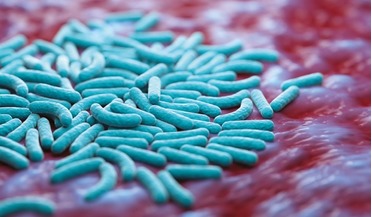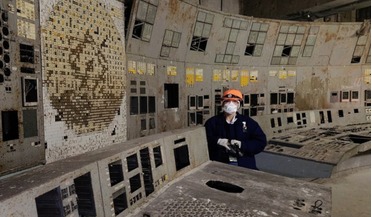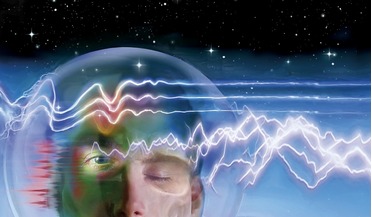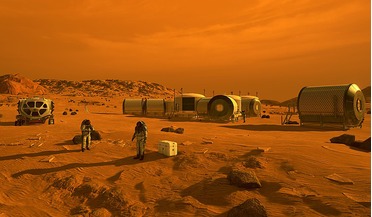 February 2020
Surviving bacteria in space
February 2020
Surviving bacteria in space
... before venturing too far This suggests that the adhesion machinery was either aborted by the ionising radiation or that the ionising stress conditions rearranged the cellular priorities. The bacteria could, for example, prepare to ‘escape’ from...
 February 2022
Nutritional issues on interplanetary spaceflights
February 2022
Nutritional issues on interplanetary spaceflights
...in terms of essential nutrients to ensure preservation of the crew members’ health and performance under exposure to high levels of ionising radiation and other unfavourable factors during missions to the Moon and deep space. Since the 1960s, Russian...
 27 July 2020
Radiation-loving fungus could protect astronauts from cosmic rays
27 July 2020
Radiation-loving fungus could protect astronauts from cosmic rays
... that suffered a meltdown in the 80s and on the exteriors of spacecraft in low-Earth orbit, where ionising radiation is also high. How do these radiation-loving organisms survive? The fungus is packed with large amounts of the pigment melanin, which...
 April 2020
Protecting against the dangers of space radiation
April 2020
Protecting against the dangers of space radiation
...Mol, Belgium. The unit evaluates the potential risks of ionising radiation on health and conducts radiation risk assessments for occupational, accidental, medical or space radiation exposure through high throughput molecular and cellular technologies...
 20 September 2021
Best time for a human Mars mission? During a solar maximum, new study says
20 September 2021
Best time for a human Mars mission? During a solar maximum, new study says
... a typical spacecraft or the skin of an astronaut. To put it in perspective, if a human receives one Milli-Sieverts (mSv) of ionising radiation, that is the equivalent of being exposed to about three chest x-rays. Astronauts on the other hand can...
 03 November 2016
MUSE instrument produces spectacular new images of the Carina Nebula
03 November 2016
MUSE instrument produces spectacular new images of the Carina Nebula
... stars are known to have a considerable effect on their surroundings, as they tend to blast out large quantities of ionising radiation. However, observing this effect has been proven difficult. McLeod's team analysed the effect of this energetic...